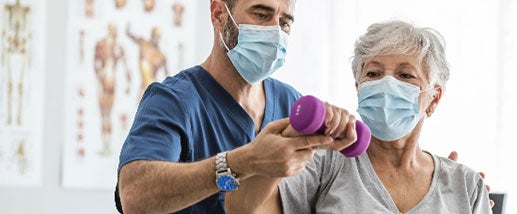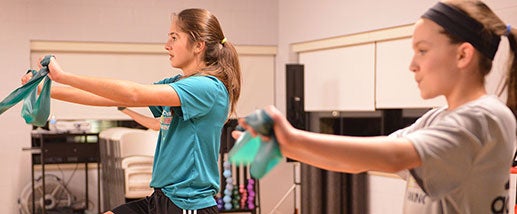Summertime Water Safety for Children
May 27, 2025
Categories: Pediatrics (Children's Health ), Community Health, Primary Care
Tags: water safety, Injury Prevention
The weather is warming up and before you know it, the sweltering Michigan heat will drive large groups of people to the water. Cooling off in the lake or pool is a favorite childhood pastime during Michigan summers, but it comes with its fair share of risks.
The American Red Cross says that drowning is the top cause of death for kids under 4 years old. It is the second leading cause of death for children aged 5 to 14, just after car accidents. But there are things parents can do to lessen that danger, including knowing where your child is most at risk based on how old they are.
Newborn to 1-year-old
This may seem obvious, but children under the age of 1 are most at risk of drowning at home. This comes mostly from bathtubs, but that’s not the only danger around the home.
Buckets, wells, septic tanks, decorative ponds, and toilets all pose a drowning risk to infants. Young children can drown in as little as one inch of water.
Parents should empty tubs, buckets, containers, and kiddie pools immediately after use. Store them upside down and out of reach.
The American Academy of Pediatrics (AAP) advises whenever your toddler is in or near water, give them your undivided attention. It's important to avoid things that make it hard to stay focused. This includes using your cell phone, doing yard work, or drinking alcohol. The AAP recommends using “touch supervision”, staying within arm’s length whether it’s bath or swim time.
1 to 5-years-old
For children younger than 5, most drowning deaths happen in home pools or hot tubs. Family, friends, or relatives usually own these. One adult should always be monitoring the pool when children are present, and that adult should have no distractions such as phones or books. Additionally, it’s a good idea to install fences around home pools with self-closing and self-latching gates.
5 to 17-years-old
Children over the age of 5 are more likely to drown in natural water, such as a pond, lake, or river. Kids in this age group are more likely to know how to swim, but that can lead to overconfidence in unpredictable open waters. Talk to your kids about the differences between swimming in a pool and swimming in natural water. This includes limited visibility, depth, uneven surfaces, currents, and undertow.
When boating or doing other water activities, always make sure your child wears a life jacket. It should fit their age and weight. Also, always look for posted warnings and signs that may indicate whether swimming conditions are suitable. Many beaches use red flag warnings to show conditions are too dangerous for swimming.
What else can parents do?
For an extra layer of safety, parents should learn CPR and basic water rescue skills, such as Reach, Throw, Don’t Go.
Swim lessons are also recommended. Recent studies show that swim lessons can lower the risk of drowning for all kids. This is especially true for kids aged 1 to 4. Find out more about when to start your child in swim lessons.
Thanks to Trinity Health Muskegon’s Injury Prevention program, you can borrow life jackets. This service is available at most public beaches. Children should always wear life jackets when in, on, or near natural bodies of water.
If you are interested in volunteering to help maintain the life jackets and rescue board this summer, please email Holly Alway at alwayh@trinity-health.org



